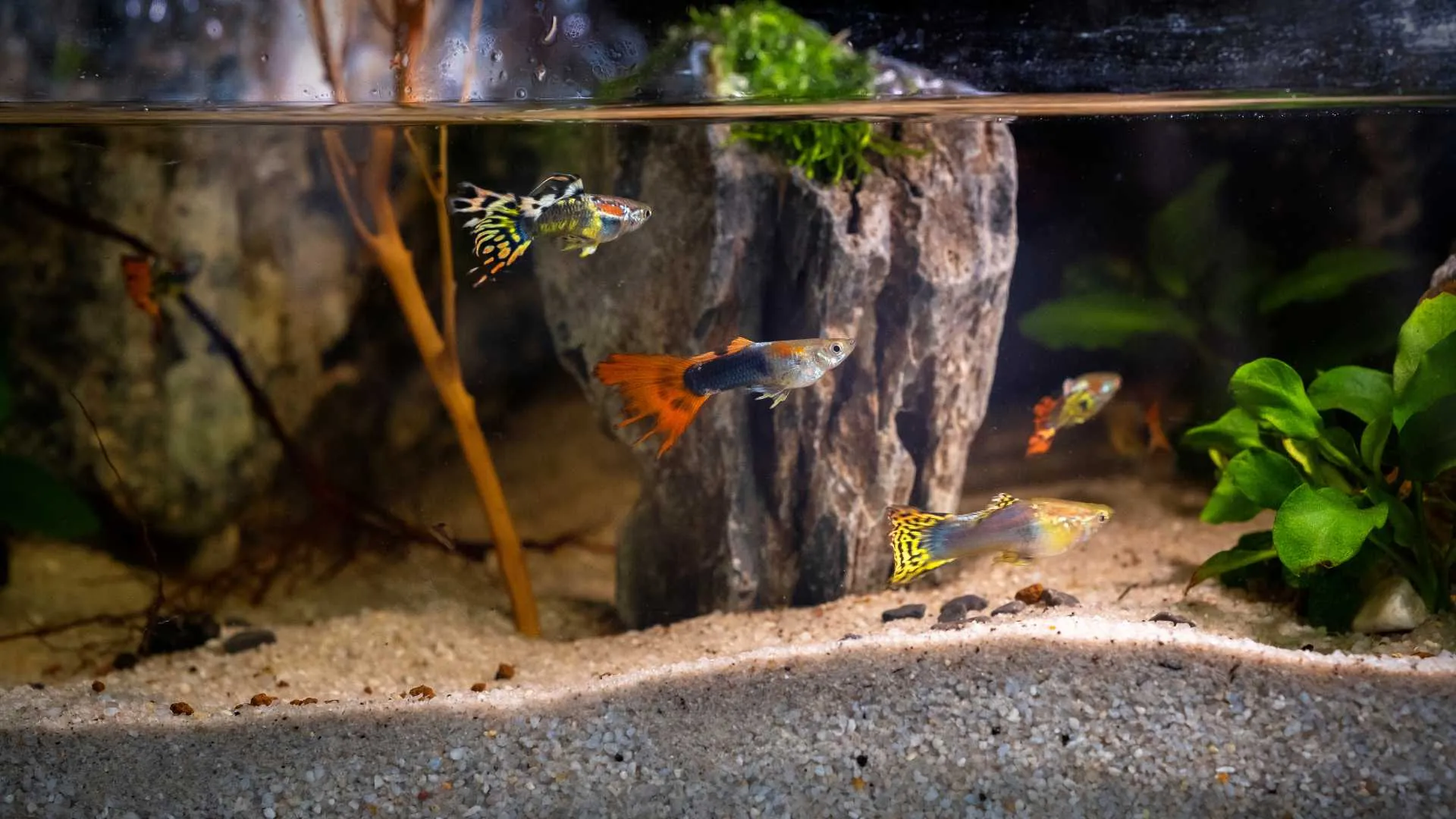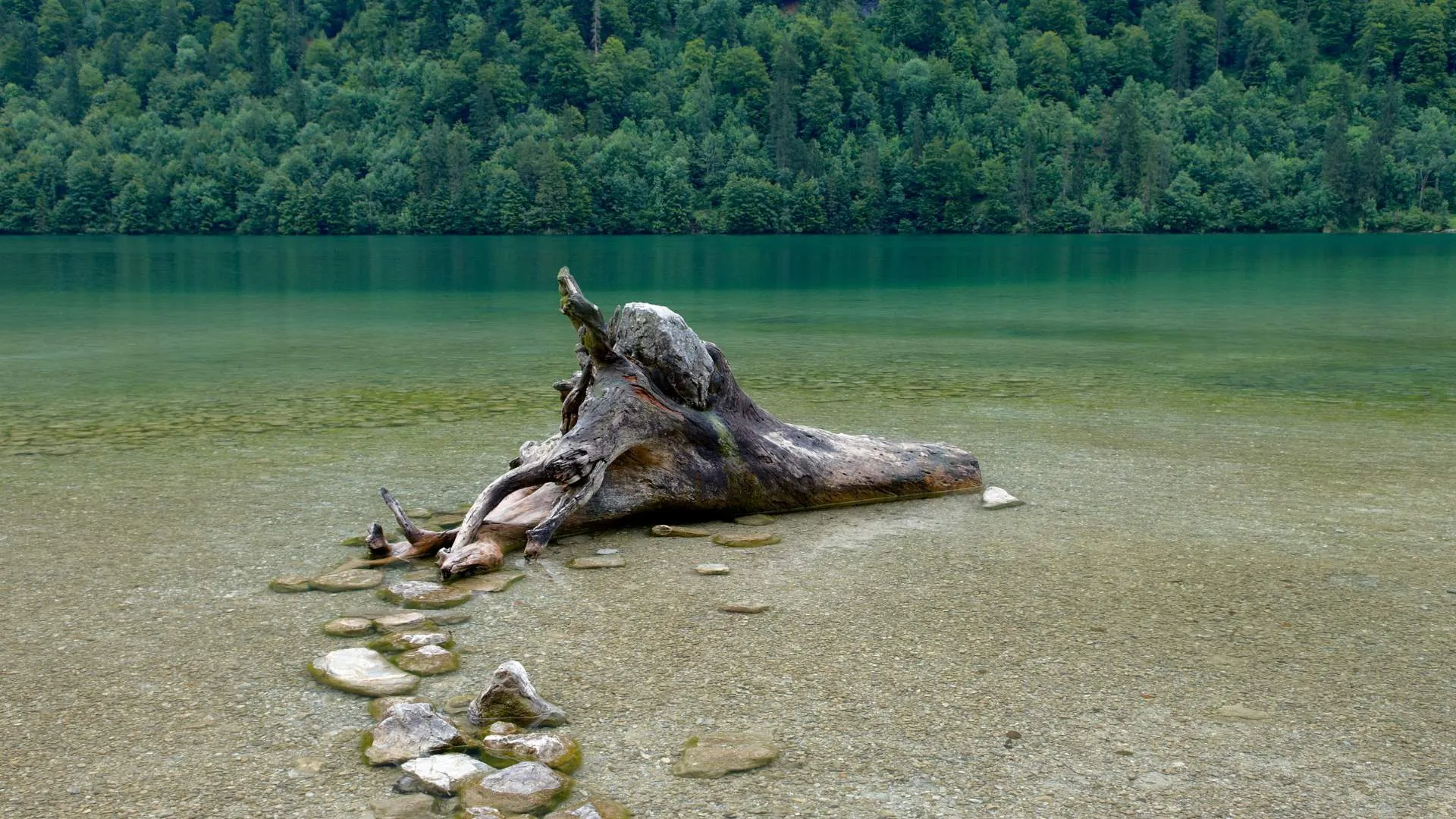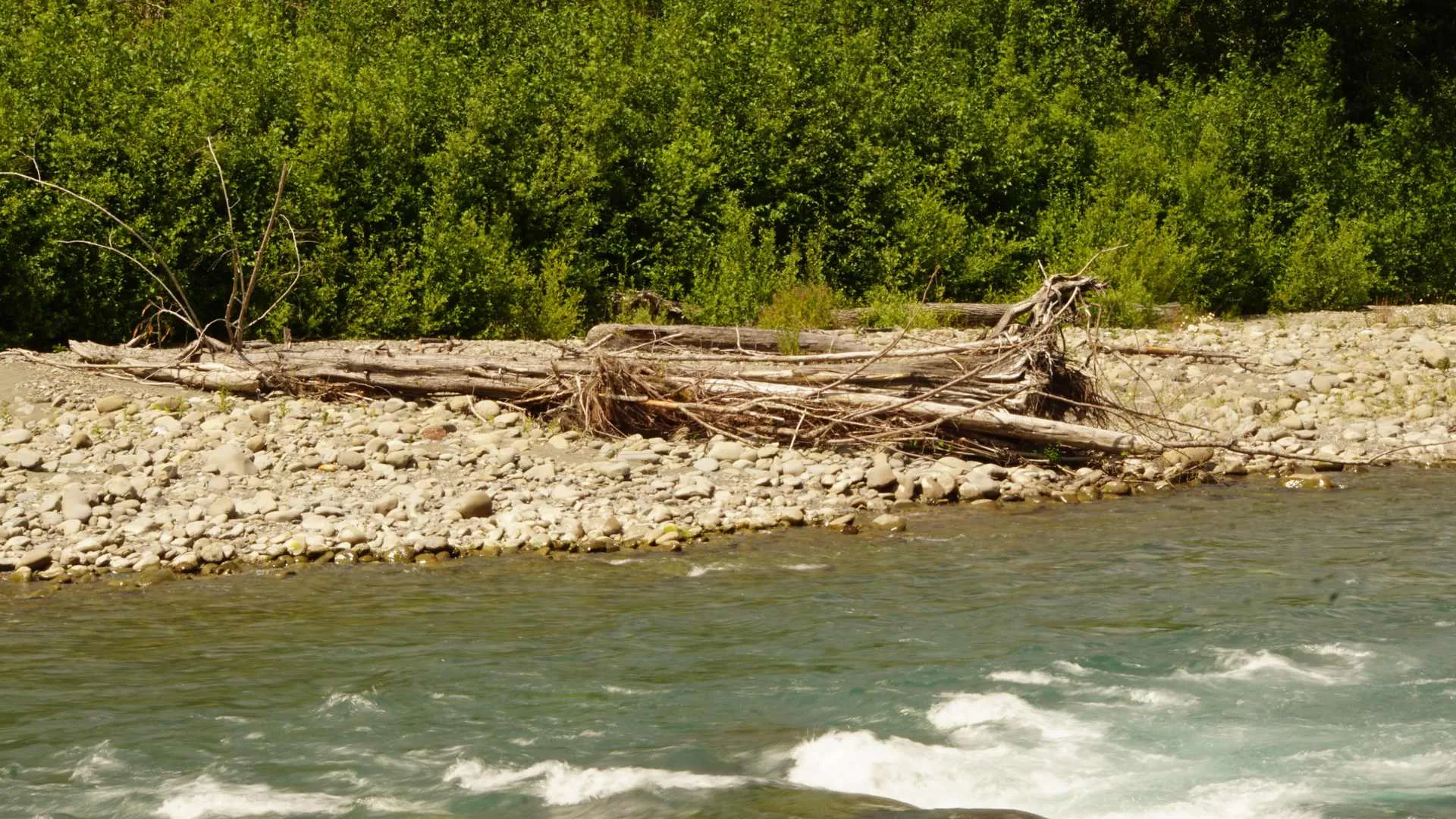Best Spots to Source Freshwater Driftwood for Aquascaping
POSTED ON FEB 05, 2024

Aquascaping is like creating beautiful underwater gardens in aquariums. It involves arranging water plants, rocks, and driftwood to make the tank look like a captivating underwater scene. It's a mix of design, biology, and gardening to mimic nature in your fish tank.
Importance of Driftwood in Aquascaping
Driftwood serves as a focal point in aquascaping, providing natural aesthetics and structural diversity. It mimics the habitats of aquatic organisms and creates hiding places for fish, promoting their well-being and reducing stress.
Characteristics of Good Freshwater Driftwood
Good freshwater driftwood should have a natural appearance with the right shapes, textures, and colors. Unlike saltwater driftwood, it must not be rotten or contain harmful chemicals for your fish. Look for pieces with unique features like knots, branches, or interesting grain patterns to enhance the visual appeal of your aquarium.
Factors to Consider When Sourcing Freshwater Driftwood

Location
Different aquatic environments offer unique types of driftwood. Rivers and streams may have driftwood with smooth edges, while lakeshores may yield larger pieces with intricate shapes. Consider the aesthetic and functional qualities of driftwood from each location.
Sustainability
Responsible sourcing of driftwood is crucial to preserve natural ecosystems. Avoid collecting driftwood from protected areas or habitats of endangered species. Choose suppliers that harvest driftwood sustainably or opt for artificial alternatives to minimize environmental impact.
Size and Shape
When selecting driftwood for your aquarium, consider your tank's size and shape. Smaller tanks suit smaller driftwood, while larger ones allow for more elaborate setups. Ensure everything fits well to create a visually pleasing arrangement.
Condition
Inspect driftwood for signs of damage, decay, or infestation. Healthy driftwood should be firm, solid, and free from soft spots or mold. Avoid driftwood with visible cracks, holes, or rotting areas, as these may deteriorate over time and affect water quality.
Best Spots to Source Freshwater Driftwood

Rivers and Streams
Flowing water erodes and shapes driftwood, creating unique formations and textures. Explore riverbanks and streambeds for driftwood pieces washed ashore or trapped among rocks. Look for areas with gentle currents and natural debris accumulations for a diverse selection.
Lakeshores
Lakeshores accumulate driftwood carried by wind, waves, and currents. Search along the water's edge for driftwood deposits, especially after storms or high water levels. Remote or secluded lakeshores may offer pristine driftwood pieces untouched by human disturbance.
Beaches
Freshwater beaches near rivers, lakes, or reservoirs often have driftwood washed ashore by currents and floods. Walk along the shoreline to discover driftwood pieces sculpted by sand, water, and weathering. Pay attention to seasonal changes and water levels for optimal driftwood hunting.
Flooded Forests
Seasonal flooding inundates forests, submerging trees and creating flooded habitats rich in driftwood. Explore wetlands, swamps, or marshes during periods of high water for submerged driftwood treasures. Exercise caution and respect wildlife habitats when navigating flooded areas.
Legal Considerations and Permits
Before collecting driftwood, familiarize yourself with local regulations and permits governing natural resource harvesting. Some areas may have restrictions on driftwood collection to protect sensitive habitats or wildlife. Obtain any necessary permits and follow ethical guidelines to minimize environmental impact.
Preparation and Treatment of Driftwood
To get driftwood ready for your aquarium, start by soaking it in water for a few days to get rid of dirt and contaminants. This also helps leach out tannins and reduces discoloration. For a quicker and more effective process, you can boil the driftwood. Boiling not only sterilizes it but also speeds up the leaching, ensuring it's safe for your aquarium. This method is crucial when sterilizing driftwood for aquariums.
Alternatives to Sourcing Natural Driftwood
If sourcing natural driftwood is challenging or impractical, consider artificial driftwood replicas made from aquarium-safe materials. These replicas offer the aesthetic appeal of real driftwood without the risk of introducing pests, pathogens, or pollutants into the aquarium. Choose high-quality replicas that closely resemble natural driftwood for a realistic aquascape.
In summary, sourcing freshwater driftwood for aquascaping requires careful consideration of factors such as location, sustainability, and condition. By exploring the best spots and following proper preparation techniques, aquarists can enhance their aquariums with beautiful and natural driftwood elements that create stunning underwater landscapes.
FAQs
1. Can I use any type of wood for aquascaping?
While some types of wood may be safe for aquarium use, not all are suitable. It's essential to research and choose driftwood varieties that are non-toxic and won't negatively impact your aquatic ecosystem.
2. How long should I soak driftwood before adding it to my aquarium?
Usually, soaking it for a few days to a week helps get rid of tannins and other stuff you don't want in your water.
3. Are there any benefits to using artificial driftwood instead of natural?
Artificial driftwood replicas offer the advantage of being sterile and free from potential pests or contaminants. However, some aquarists prefer the natural look and feel of real driftwood.
4. Can driftwood alter the water chemistry in my aquarium?
Yes, driftwood can release tannins and organic compounds into the water, which may lower pH levels and tint the water slightly brown. Regular water changes can help mitigate these effects.
5. Is it legal to collect driftwood from public beaches and parks?
Regulations regarding driftwood collection vary by location, so it's essential to check local laws and obtain any necessary permits before collecting driftwood from public areas.
ARE YOU INTERESTED IN DRIFTWOOD DECOR?
If you have projects that need driftwood ideas, don't hesitate to contact us.
© 2023 DB Texas Driftwood Artists
